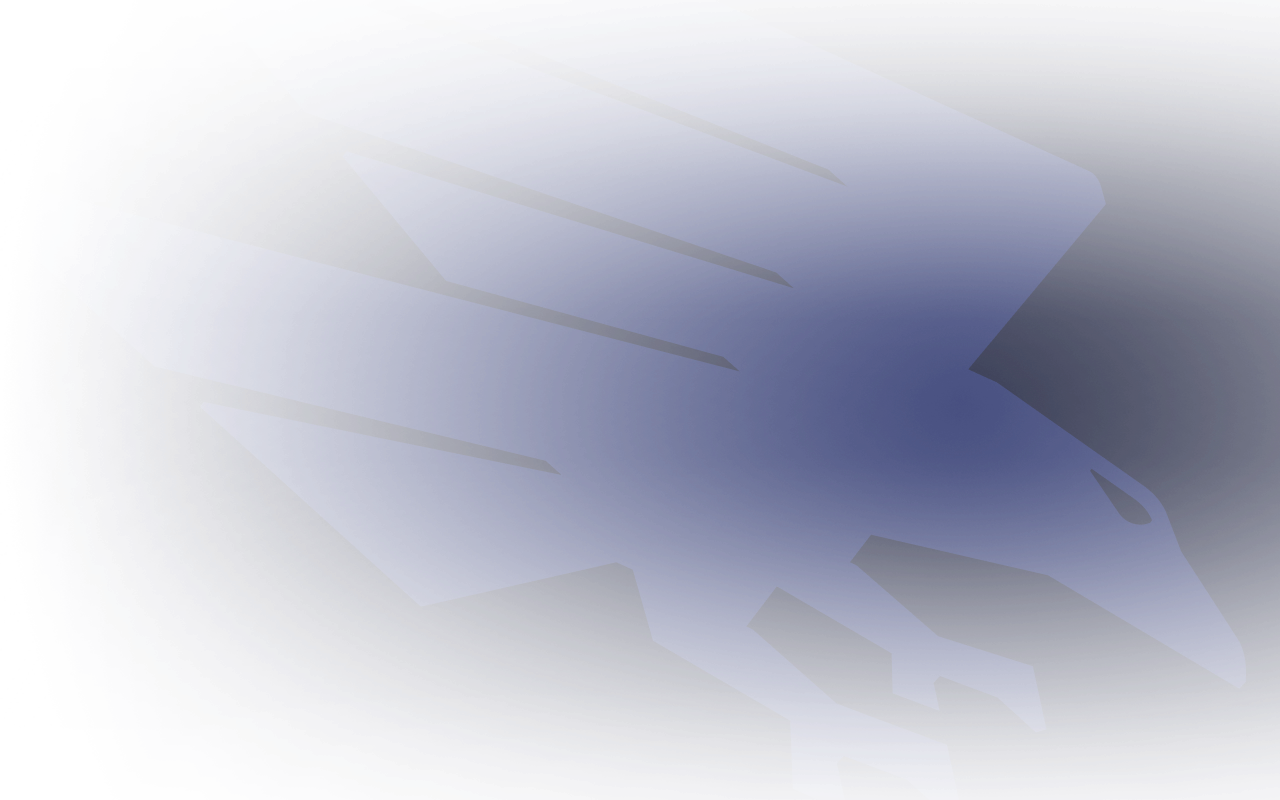The AFL will enforce a stricter interpretation around players who lead with their heads to draw a free kick for high contact, which will take effect from this weekend.
Under the changes, a player who drives or leads his head into a stationary or near-stationary player will be classified as having had prior opportunity.
If the player is then tackled he will have to dispose of the ball properly to avoid being penalised for holding the ball under the prior opportunity rule.
Director of umpiring Wayne Campbell and umpires coach Hayden Kennedy have been briefing clubs on the changes.
The League's football operations manager Mark Evans said the stricter interpretation had been introduced to discourage players from leading with their heads to gain a free kick amid growing safety concerns.
"The onus is on the tackler to tackle the player with the ball legally. What we have begun to see in the game is the player with the ball driving his head toward a tackler or leaning into a tackler in order to receive a free kick," Evans said.
"The AFL has significant concerns around player safety with this tactic and the interpretation change was considered an important enough issue by the Laws of the Game Committee to deal with in-season."
Campbell said the League had decided to introduce the new interpretation to "shift the onus back" towards the player in possession of the ball.
"There was a rule introduced about driving the head and prior opportunity 18 months ago (but) it's fair to say it was a loose interpretation," Campbell told Fox Footy on Monday night.
"It's [the old interpretation] where a player has his head over the ball, picks the ball up and in order for it to be a drive under the way we interpreted it, he needed to take two or three steps forward towards the tackler.
"We think the onus has been put all on to the tackler to protect the player's head … but we just think that maybe players with the ball are taking advantage of that."
Evans said there would be no change to stop awarding free kicks if a player shrugs or drops his knees into a tackle and the action causes high contact to occur.


